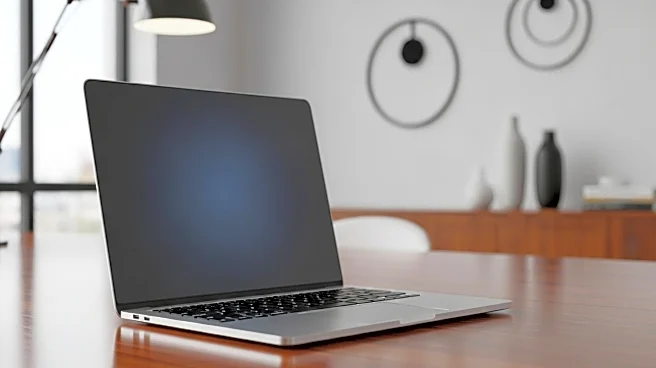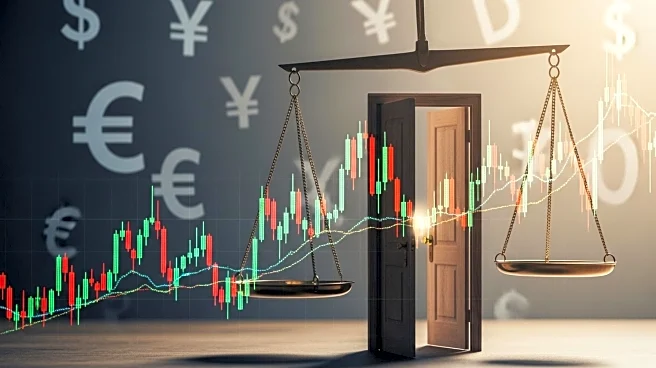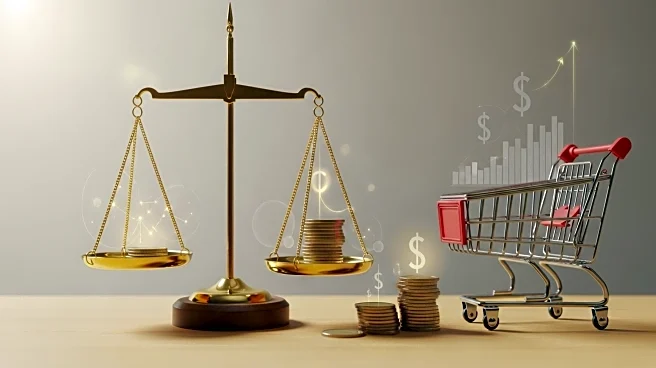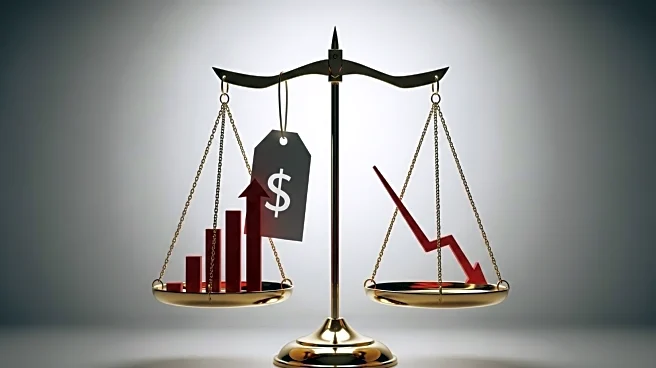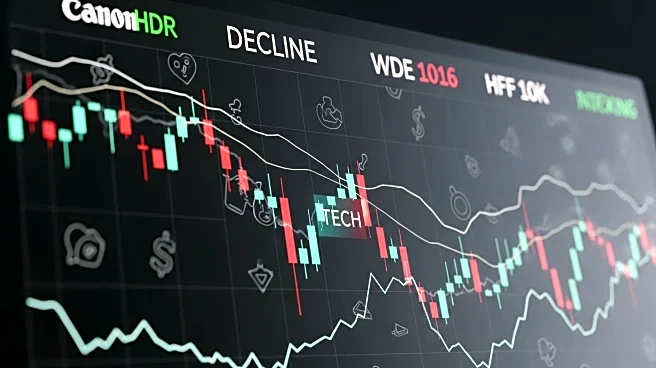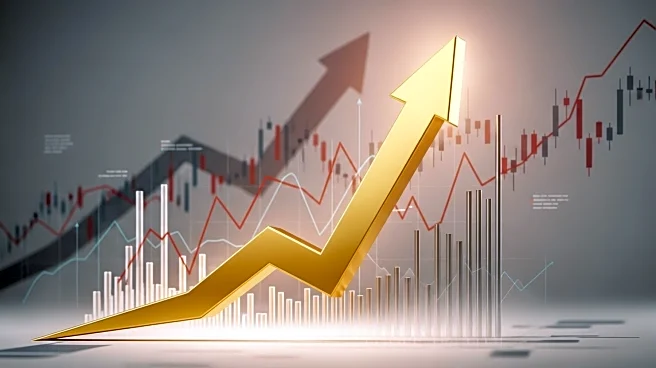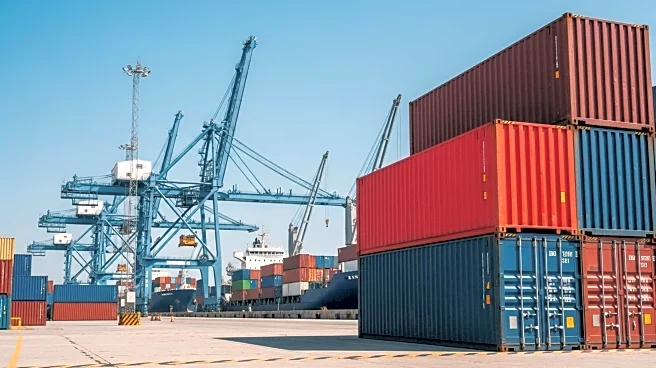What's Happening?
A recent study by the Bureau of Economic Analysis reveals that U.S. consumers continued to spend on technology in July, despite ongoing inflation concerns. The personal-consumption expenditures price index rose by 0.2% for the month and 2.6% from the previous year, indicating persistent inflation above the Federal Reserve's target. Despite these economic pressures, tech spending remains robust, with forecasts predicting total U.S. tech spending to reach $2.7 trillion in 2025. The Consumer Technology Association anticipates a record $537 billion in consumer technology purchases. This trend is supported by high mobile data consumption and growing subscription services, although some costs like ad-supported streaming are seeing slight decreases.
Why It's Important?
The continued spending on technology amidst inflation highlights the resilience of U.S. consumers and the importance of tech in daily life. This spending behavior suggests that consumers prioritize tech purchases over optional services like travel and dining, which are becoming more expensive. The tech sector's stability is crucial as it faces potential challenges from tariffs imposed by the Trump administration, which could affect parts and shipping costs. The ability of consumers to maintain tech spending despite economic pressures is vital for the industry's growth and innovation.
What's Next?
Economists warn of potential stagflation-lite, where slower growth pairs with high inflation, as tariffs begin to impact supply chains. Companies may pass on higher costs to consumers, potentially leading to layoffs to protect margins. The Federal Reserve may need to consider interest rate cuts in the coming months to mitigate these risks. Consumer resistance to price hikes could lead to changes in spending patterns, affecting various sectors differently.
Beyond the Headlines
The ongoing trade war and tariffs could have long-term implications for the tech industry, affecting global supply chains and pricing strategies. The resilience of tech spending may also reflect broader cultural shifts towards digital consumption and reliance on technology for work and leisure. As inflation continues to impact consumer behavior, businesses may need to adapt by offering more competitive pricing or innovative solutions to maintain market share.


